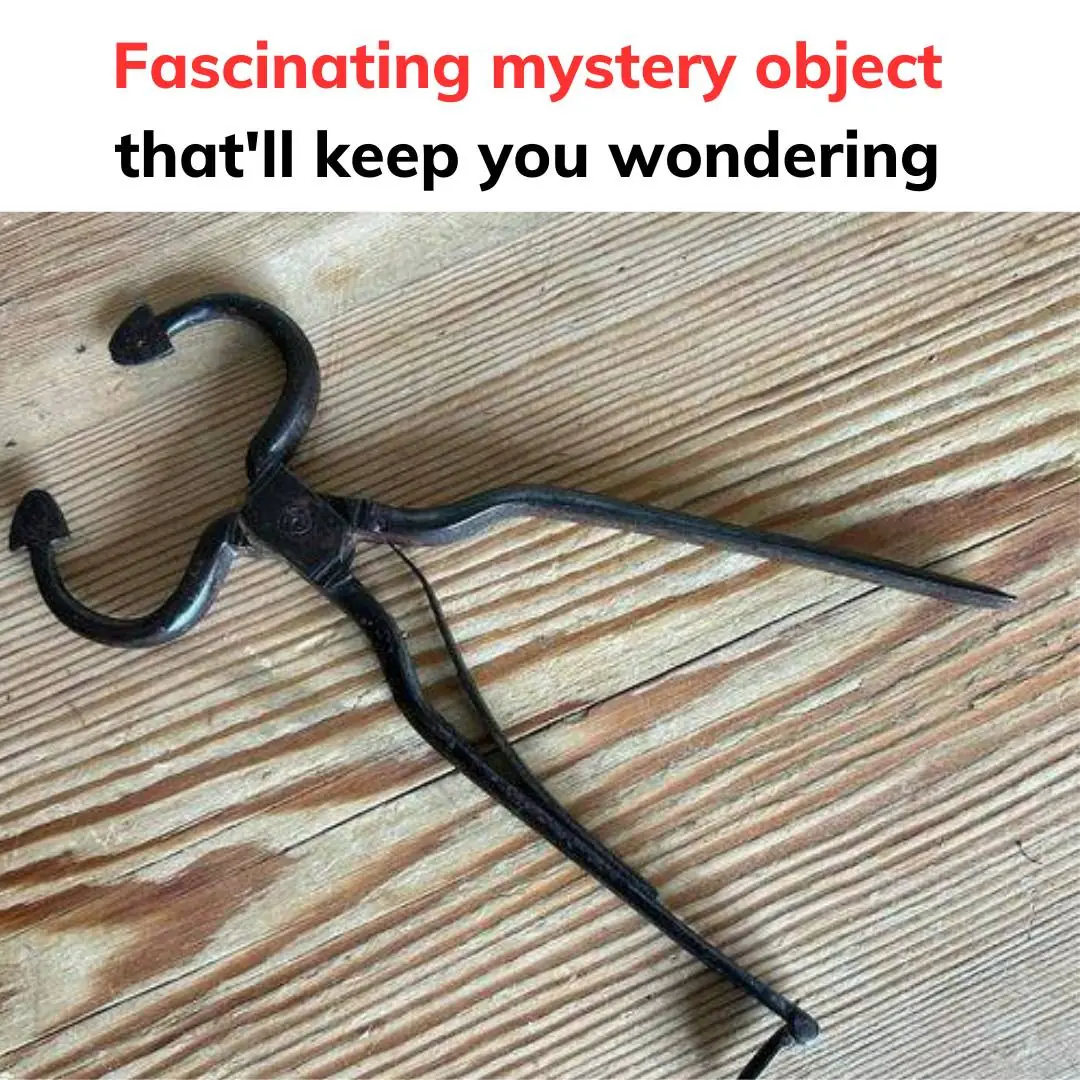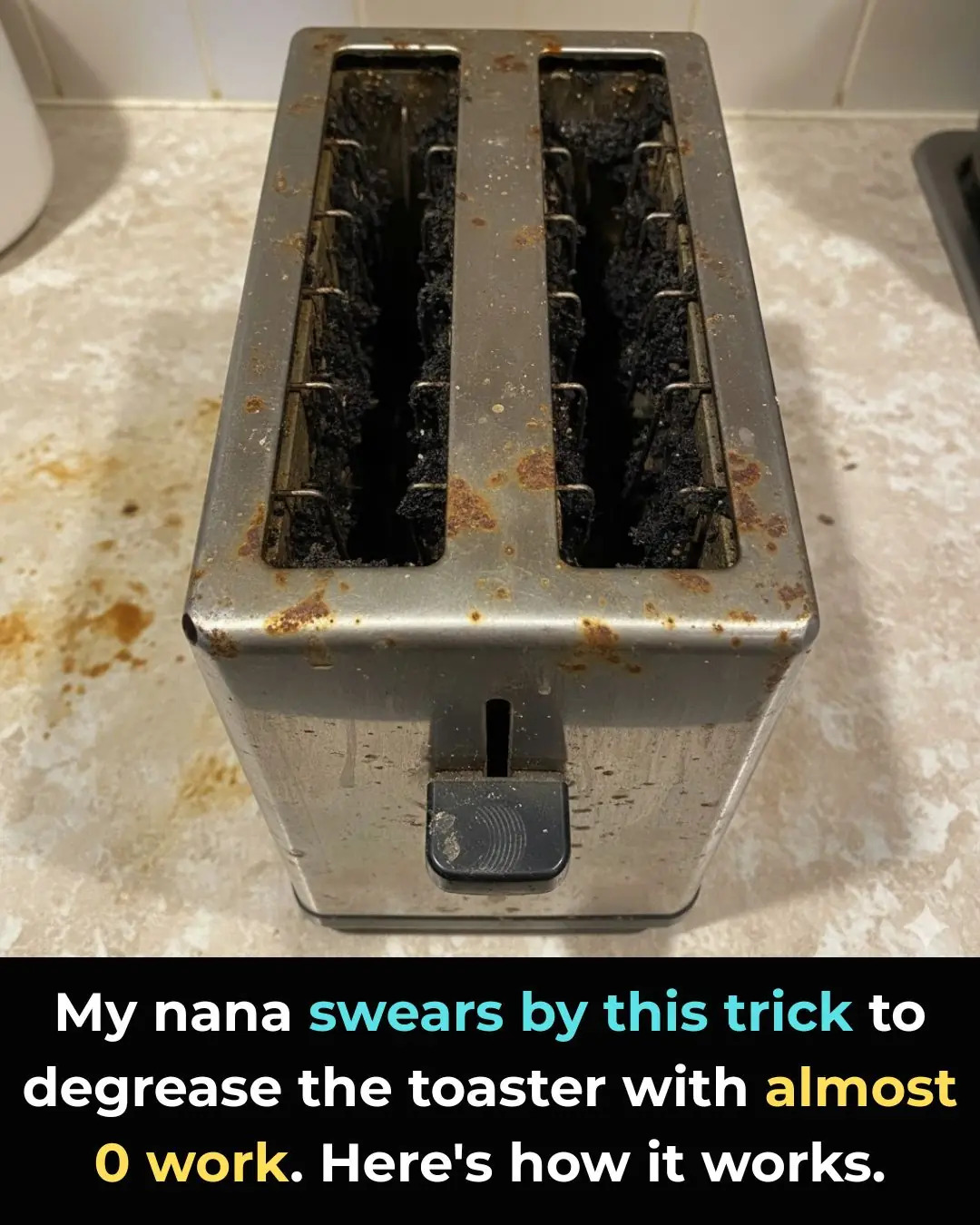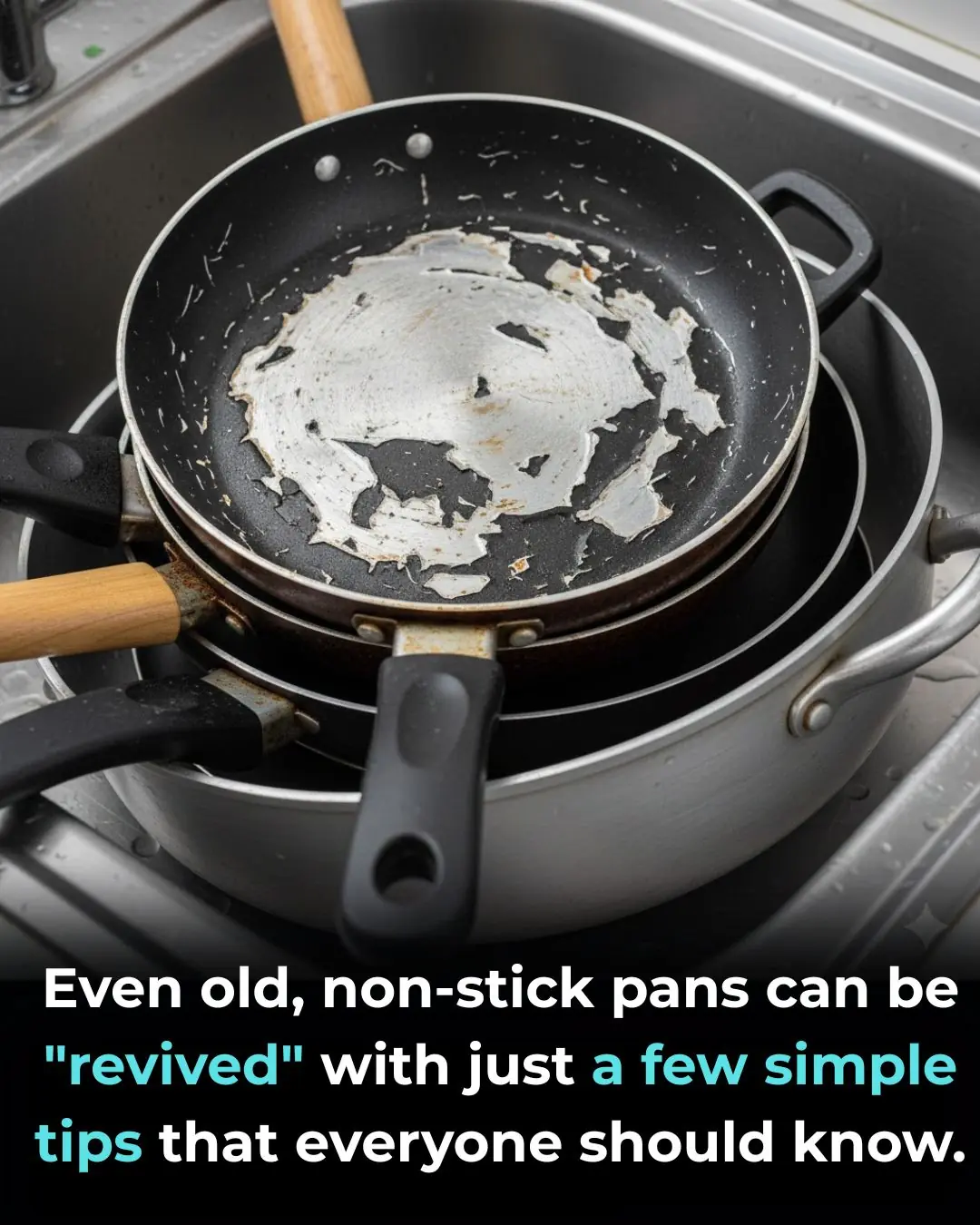
What is that

What Were Iron Sugar Nippers?
Back in the 1600s and 1700s, sugar wasn't sold in the granulated form we know today. Instead, it was sold in large, solidified loaves that were impossible to break apart by hand. To solve this problem, iron sugar nippers were created. These robust tools, usually made from cast iron, featured sharp blades designed to snap off chunks of sugar from the loaf.
Sugar nippers typically had long handles, giving users the leverage needed to break off pieces of the hardened sugar. They came in various styles, from simple, utilitarian designs to more elaborate, decorative versions that were often displayed in wealthier homes. The more intricate the nipper, the higher the status it represented.
Wealthier households had access to sugar more frequently, using it to sweeten tea, coffee, and baked goods. Sugar nippers became an essential tool in these homes, carefully controlling how much sugar was used for each occasion.
The size of the sugar nippers could vary based on the household's needs. Some had larger, more powerful blades for cutting substantial chunks of sugar, while others featured smaller blades for more delicate use. These tools were not only a practical necessity but also a status symbol, particularly for the affluent who owned the more decorative, ornate versions.
How Were Sugar Nippers Used?
Using sugar nippers was a skill that required both strength and precision. The user would position the sharp blades around a section of the sugar loaf and squeeze tightly to break off a piece. This allowed households to control the portion size of the sugar they needed, whether for tea, baking, or adding sweetness to medicinal remedies in apothecaries.
Even apothecaries found them useful for sweetening medicinal mixtures, making them more palatable for patients. The Decline of Sugar Nippers in the 19th Century The 19th century brought about a major shift in how sugar was processed and consumed. As sugar production became industrialized, granulated sugar was introduced, and this new form was easier to package, store, and use. The mass production of granulated sugar drove prices down, making sugar more accessible to the general public. By the late 1800s, granulated sugar had largely replaced sugar loaves, rendering sugar nippers obsolete. No longer needed to break apart sugar, these once-essential tools were gradually stored away, forgotten, or discarded as a relic of the past. Despite their decline, sugar nippers remain a significant part of culinary history, symbolizing an era when sugar was a luxury item, and even simple kitchen tools were built to last.
The Legacy of Iron Sugar Nippers
Although iron sugar nippers faded from practical use, they left behind a rich legacy in both culinary history and material culture. Today, they are highly sought after by collectors and museums, appreciated for both their craftsmanship and historical significance.
News in the same category


Three holy water rituals many people practice at home before Christmas

If A Woman Says These 6 Things Regularly, She’s Way Smarter Than You Even Realize

11 Clever Phrases Smart People Use to End Pointless Arguments

8 Quiet Things People With Low Empathy Often Say Without Realizing It

Brutally Honest Reasons Older Women Say They Are Done With Dating

How to Travel Thousands of Miles Without Motion Sickness

China Unveils Its First Small Nuclear Reactor to Power 500,000 Homes and Cut Carbon Emissions

Physicists Discover Two New Types of Quantum Time Crystals

A 30-Year-Old Man Admitted to Hospital and Discovered to Have Acute Kidney Failure: It Was All Due to One Mistake in His Workout

Trick To Stop Mosquito Bite From Itching

A Family of Four Diagnosed With Liver Cancer: Experts Identified the Cause the Moment They Entered the Kitchen

Should We Eat Eggs With BL00D Spots

Scientists Crack an “Impossible” Cancer Target With a Promising New Drug

If You Love Being Alone, You Probably Have These 10 Qualities Others Envy

People Who Were Raised By Strict Parents Often Develop These 10 Quiet Habits

Six Money-Saving Habits That Can Quietly Increase Cancer Risk

Pouring Hot Water on Apples: A Simple Way to Detect Preservatives

9 Strange Feelings You’ll Experience Around People Who Aren’t Good for You

Scientists Discover Bats in the US Can Glow A Ghostly Green — and No One Knows Why
News Post

A 58-Year-Old Man Ate One Clove of Garlic Every Morning — His Medical Checkup Six Months Later Surprised Doctors

Yes, yes yes! This is what I've been looking for!

Periodontal Treatment as a Strategy for Cardiovascular and Cerebrovascular Protection

Frequency-Specific Electromagnetic Fields and Cancer Cell Behavior: Evidence and Limitations

Saffron as a Potential Antidepressant: Evidence from Clinical Trials

Metabolic Effects and Limitations of an Extreme Single-Food Diet: Insights from a Sardine-Based Experiment

The Therapeutic Role of Glutamine in Post-Infectious Irritable Bowel Syndrome

The Anti-Inflammatory Potential of Yogurt in Human Health

Mixing white salt with fabric softener solves many household problems and saves money

Misconceptions that turn water purifiers into breeding grounds for germs – stop using them immediately or you could harm your whole family

Secrets to longevity after age 50: The 'golden' drink for lasting health.

The phone has a special button that helps detect hidden cameras in motels and hotels, a fact many people are unaware of

Chinese actress triumphs over stomach cancer for 25 years: Her secret is doing 3 things every day.

Rice water: A wonderful "treasure," don't throw it away! How to use it for effective and cost-saving health care.

When a married woman is attracted to another man, she does these 9 things

7 Yoga Poses That Can Help Relieve Lower Back Pain

Three holy water rituals many people practice at home before Christmas

Even old, non-stick pans can be "revived" with just a few simple tips that everyone should know

Eek, I might have a few of these!
